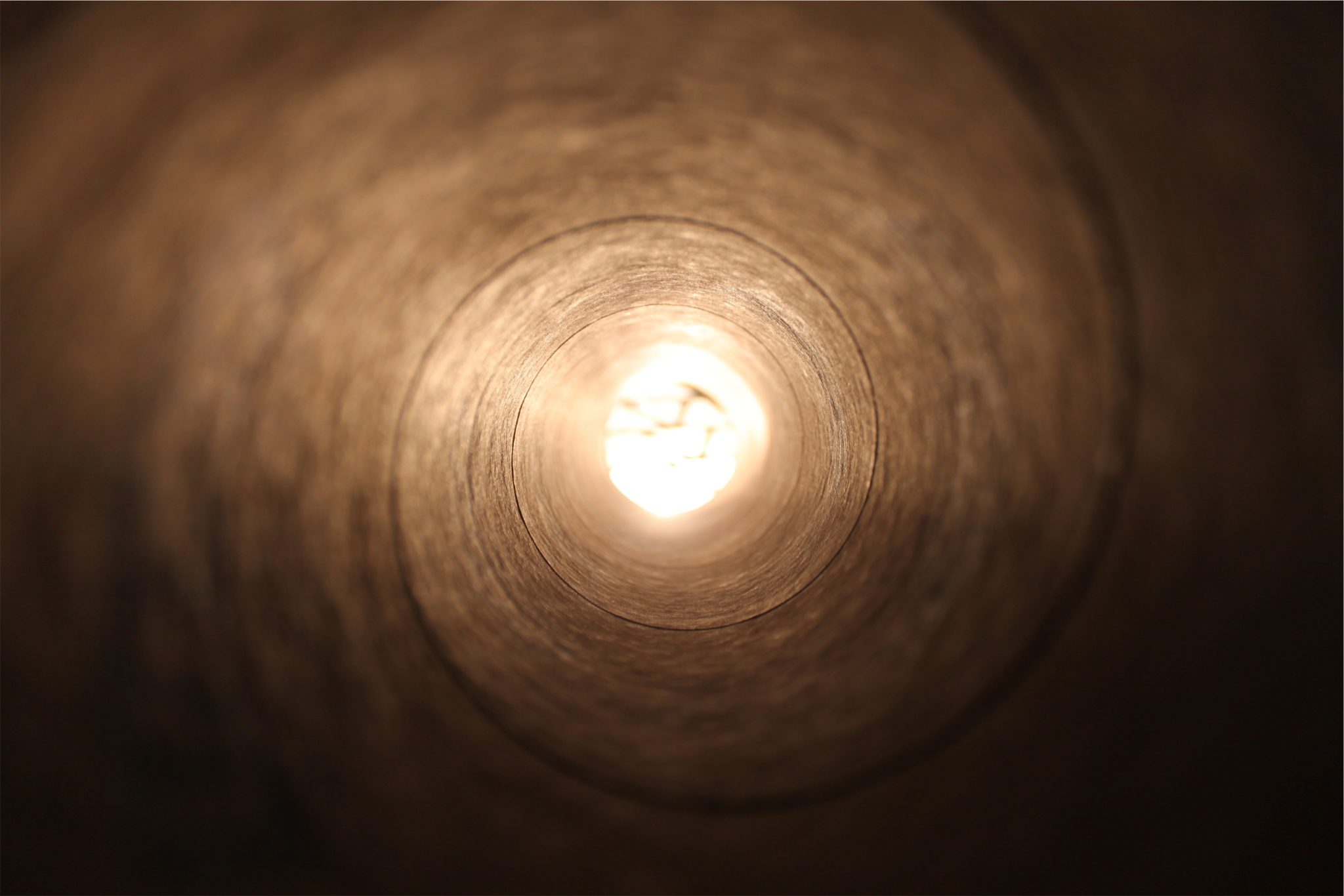By two witnesses… shall a thing be established
Deuteronomy 19:15
Torah law distinguishes between two types of witnesses. The first type of witnesses (“witnesses,” according to Torah, are never less than two individuals) “establish a thing” only in the sense that they inform us of its existence. For example, if Reuven borrows $100 from Shimon, the obligation for him to return the money exists regardless of whether there were witnesses to the loan or not. It is only that, without the witnesses, the court would not have sufficient proof of the existence of the obligation (should Reuven deny it) and could not compel Reuven to carry it out. This category of witnesses are called eidei birur—“clarifying witnesses.”
A second category of witnesses literally “establish a thing”: without their witnessing, the thing would not exist. For example, Torah law requires that a marriage be witnessed by two witnesses. Without these witnesses, the marriage does not take effect, even if all parties involved admit that everything else was in order. This category of witnesses are called eidei kiyum—“establishing witnesses”—for their witnessing of the event is an integral part of the process which establishes a new legal state.
The clarifying witness and the establishing witness are both “witnesses” in that they observe a certain fact or occurrence. But they differ greatly in their function and the manner in which they carry it out. Clarifying witnesses fulfill their function by testifying before the court—if they witness the loan but do not tell the court what they saw, their observation is of no legal significance. Establishing witnesses fulfill their function by observing the event—it is their observation itself that establishes the fact, even if they never testify to what they saw.
This essential difference between the clarifying witness and the establishing witness translates into various legal differences. For example, while Torah law requires that witnesses be cross-examined, this requirement applies only to clarifying witnesses, not to establishing witnesses. Cross-examination is part of the testifying process: testimony can be properly understood and fully convincing to the court only when the witnesses are cross-examined. Thus, clarifying witnesses, whose function is to testify to the truth of an event or fact, require cross-examination. Not so establishing witnesses, whose witnessing of the event, rather than their testimony, is what establishes its truth.[17]
Nature and Man
The Torah is G-d’s blueprint for creation.[18] When the Torah recounts an event that occurred at a particular point in history, or decrees a law regarding a particular conflict or relationship between two individuals, it is also describing the very structure of life and reality. Every story contains a universal truth; every law relates to our relationship with G-d and the purpose of our creation. The two different types of witnesses described above, and the legal distinctions between them, relate not only to the witnessing of loans and marriages, but also to the cosmic witnesses that establish the truth of all truths: the all-pervading truth of G-d.
Two types of witnesses attest to the divine reality: nature and man. “I set as witnesses before you today the heavens and the earth,” says Moses to the children of Israel.[19] For does not the earth, from the vital energy in its every blade of grass to the intricate structure of its every grain of dust, bespeak the wisdom of G-d? Does not the vastness of the heavens reflect the infinity of their Creator? “When I see Your heavens,” sings King David, “the work of Your fingers, the moon and stars which You have ordained… the beasts of field, the birds of heaven, the fish of sea… O G-d our L-rd, how majestic is Your name in all the earth!”[20]
The second witness is man. In the words of the prophet, “You are My witnesses, says G-d.”[21] Man bears witness to the truth of G-d through his observance of the mitzvot, the divine commandments. When a person puts on tefillin, the leather, parchment and ink out of which they are fashioned, the arm and head about which they are wrapped, the mind that meditates upon their significance and the heart that is aroused by the deed—these all become instruments of the divine will, the means by which a divine commandment is fulfilled. When a person contributes to charity, the hand that does the giving, the metal or paper that facilitates the exchange, and the energy and resources that were expended to earn the money, all become vehicles of G-dliness. In the words of the Midrash, the performer of a mitzvah is making “a dwelling for G-d in the physical world”[22]—transforming the materials of his or her life into something that houses and realizes the divine truth.
Making Him Real
Both nature and the mitzvah-performing person are witnesses to the truth of G-d. Yet they differ greatly in the manner and function of their witnessing. The first is a “clarifying witness” who testifies to the divine essence of reality; the second is an “establishing witness” who makes real the divine in our world.
The heavens and the earth do not make G-d real—they only bespeak His reality. In fact, they only do so when “cross-examined in court”—when their testimony is coaxed from them by the astronomer’s telescope and the psalmist’s soul. In and of itself, the natural world actually conceals the divine presence; it is only through our examination and interrogation of nature that we make it speak and tell us about G-d.
Man on the other hand, is an “establishing witness”: his life generates G-dliness. Our every performance of a mitzvah makes G-d a reality in this world, regardless of the extent to which we publicizes our deeds or are even aware of what they achieve. Like the establishing witness, we effect an essential change in the reality to which we relate, regardless of whether we testify to what we have “witnessed.”
Based on the Rebbe’s talks on various occasions[23]
Adapted from the teachings of the Lubavitcher Rebbe by Yanki Tauber.
[17]. Shaalot U’Teshuvot Tzafnat Paane’ach (Dvinsk), part I, section 9.
[18]. Midrash Rabbah, Bereishit 1:2.
[19]. Deuteronomy 30:19.
[20]. Psalms 8:4-10.
[21]. Isaiah 43:10.
[22]. Midrash Tanchuma, Nasso 16.
[23]. Likkutei Sichot, vol. XIX, pp. 188-191, 195.







